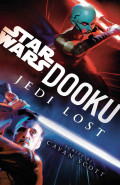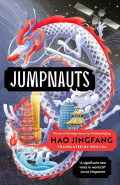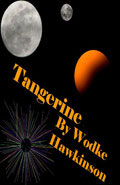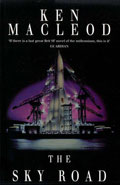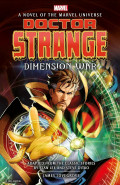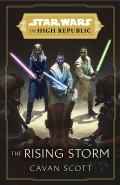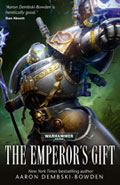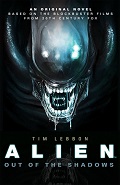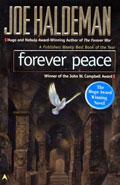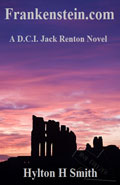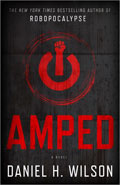Shipstar
By Gregory Benford
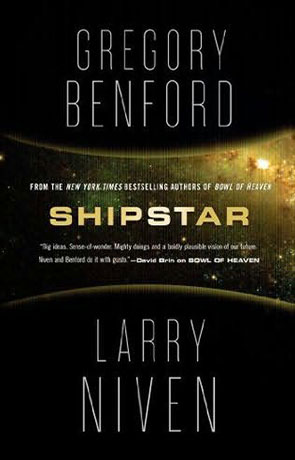
- Shipstar
-
Author: Gregory Benford
-
Publisher: Titan Books
- ISBN: 978-1783294343
- Published: January 2015
- Pages: 416
- Format reviewed: Paperback
- Review date: 09/03/2015
- Language: English
- Age Range: 15-
The second part of the story begun with Bowl of Heaven, Benford and Niven bring us the conclusion to their mysterious 'big smart object' story.
Shipstar is less of a sequel than a continuation. The fitful nature of the story which caused problems in the first book is not smoothed as much as it might be and the addition of new elements which were clearly not present in Bowl of Heaven breaks the reader's immersion. At times food and water is a difficult priority, at others, not. The bowl underside plant life wasn't seen or detected in the first book, but is suddenly discovered in the second.
There are characterisation problems too. We still only have three characters of interest, Cliff, Beth and Captain Redwing, the others remain for the most part, bland information dispensers, talking with similar voices. Redwing is underutilised in the first book, but still a highlight and grows here. He might be a brother to Commander Bill Norton of Arthur C. Clarke’s Rama expedition.
There are changes in focus to the way in which the Folk – the rulers of the Bowl are utilised as well. Memnor, the appointed leader to deal with the humans played a dictatorial part in the first book, but is subordinated in the second. We get a sense of the political game she is trying to play to maintain her position, but when she is overruled, these elements are not used, so it feels like what’s been written has been undermined.
This is not a quick read of a book. We have dense technical information, speculation and more which generally doesn’t follow through when we get to the more intricate plot elements. It’s as if we're supposed to be distracted by the information whilst a little handwavium is utilised. When other writers of this standing do this, you follow the rationalisation, but in these books it feels fitful and disconnected, meaning that you see the implausibility more than you would elsewhere.
With regards to the Bowl and its inhabitants, it is difficult to picture them or believe in them. The Sil – a numerous humanoid people who help Cliff's stranded team are perhaps the most successful depiction, particularly in the aftermath of their resistance to the Bowl's hegemony. The scenes of devastation do depict a real cost to the rebellion, but this isn’t made as personal as it might be. The Folk – the adversaries of the story are less successfully portrayed and whilst their inheritance of the Bowl is implied and revealed, we still don’t really get a sense of how these self-centered birds managed to become the dominant species.
Shipstar ends with an indulgent description of how Benford and Niven envisaged their big smart object; it assumes you care about the physics and detail of their creation, which actually isn’t something the read managed to impress upon me. The confession that the narrative needed two books so they could work out the details suggests they didn't know these details before they started writing and so the story was doomed to be flawed.
Written on 9th March 2015 by Allen Stroud .
